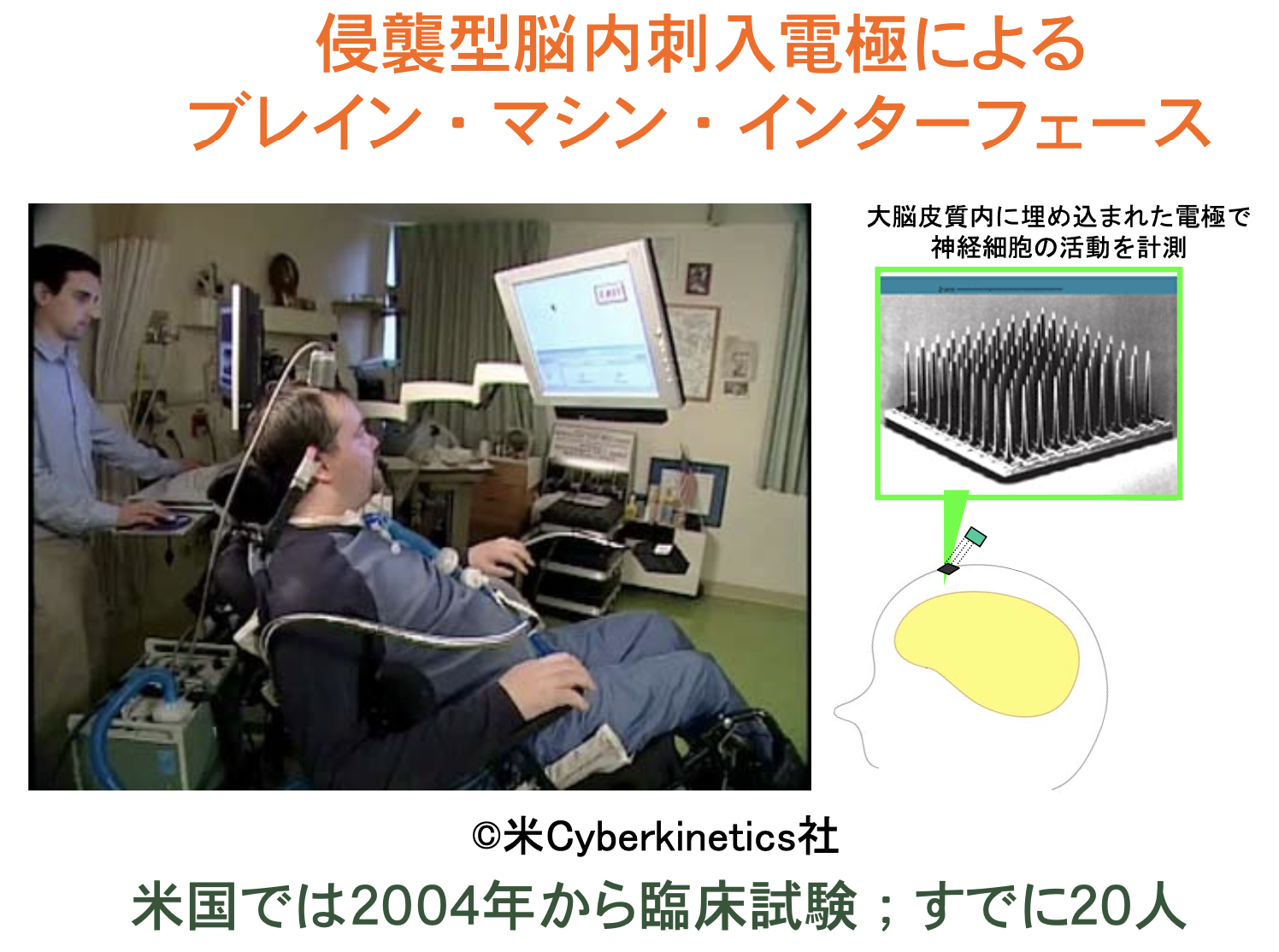Brain-machine interface utilization and OpenBCI
Brain Machine Interface (BMI) is a generic term for devices that interface the brain with computers and other devices by detecting brain waves, etc., or conversely by stimulating the brain. It is a generic term for devices that interface between the brain and computers by detecting brain waves, etc., or conversely by stimulating the brain.
According to the Wiki, “Brain-machine interface (BMI) enables the operation of machines using brain activity such as EEG, or the input of camera images, etc. by direct stimulation of the brain without the use of sensory organs. BMI is a generic term that refers to the presence that connects the “brain,” which is the signal source and the target of operation, to the “machine,” the EEG sensor that reads the brain waves, and the program that analyzes the brain waves.
There are two types of BMI: one-way interfaces, in which information flows in one direction, and two-way interfaces, in which information can communicate with each other. In the one-way interface, information is transmitted one way, either by converting commands from the brain into electrical signals that the computer receives, or by converting electrical signals from the computer into brain waves.” It is stated.
Historically, research on BMI began around the 1970s, and it rapidly became a reality after the 1990s, when functional brain imaging technologies such as MRI were developed to observe brain activity while the brain was still alive.
There are two major application areas for BMI: one is in the medical field such as neurosurgery, rehabilitation, ophthalmology, psychiatry, and neurology, where it is used to treat and assist patients with actual diseases or injuries, and the other is in the field of understanding and applying human brain functions such as cognitive science, where it is used to create new user The other is in the area of understanding and application of human brain functions, such as cognitive science, which involves research to realize new user interfaces and functions such as awareness and creativity.
There are two types of actual interfaces: the “invasive” type, in which electrodes are directly inserted into the brain, and the “non-invasive” type, in which magnetic brain fields are measured by fMRI, NIRD, and EEG.
In the “invasive” type, Cyberkinetics (now acquired by Blackrock Microsystems, LLC) has commercialized an electrode implanted in the cerebral cortex, as shown below. Neuralink, founded by Elon Musk of twitter acquisition, SpaceX, and Tesla fame, also plans to implant the first chip in the human brain by 2023.

脳科学研究戦略推進プログラム 「ブレイン・マシン・インターフェース(BMI)の開発」のこれまでの成果についてより
The “non-invasive type” uses deep learning to analyze fMRI patterns, as described in “Dreams, the Brain, and Machine Learning: From Dream Theory to Dream Data Science“.

脳科学研究戦略推進プログラム 「ブレイン・マシン・インターフェース(BMI) の開発」のこれまでの成果についてより
In Europe and the U.S., compensatory research to supplement incomplete bodily functions using these technologies is the main focus, and many startups, including the aforementioned Blackrock Microsystems, LLC, have been born with the aim of commercializing these technologies. In contrast, in Japan, research is mainly conducted by medical institutions, and research is mainly focused on functional restoration (rehabilitation).

脳科学研究戦略推進プログラム 「ブレイン・マシン・インターフェース(BMI)の開発」 のこれまでの成果について

脳科学研究戦略推進プログラム 「ブレイン・マシン・インターフェース(BMI)の開発」 のこれまでの成果について
Shimadzu Corporation has developed the following “non-invasive” system, but it is very expensive and the device itself is very large.

脳科学研究戦略推進プログラム 「ブレイン・マシン・インターフェース(BMI)の開発」のこれまでの成果について
Muse is a very simple version of these that is commercially available.

This is a binary classification of whether one is in a relaxed state or not, and is marketed as a tool for meditation. There is also one from the Korean manufacturer Panatronix.
Each has a limited number of electrodes and cannot measure very complex brain wave patterns.These gadgets use wireless communication (BLE) as described in “About IOT (1) BLE Overview” etc. to acquire data to the PC and apply various machine learning methods.
The OPEN BCI, on the other hand, is an open-source EEG measurement interface that, as the name implies, costs $880 for the signal processing board and $1500 for the electrode set, and the electrode blueprints are publicly available and can be made by anyone with a 3D printer. If you have a 3D printer, you can make your own.

The OPEN BCI is used in a wide range of fields, including “Research,” “Education,” “Science,” “Arts & Design,” and “Prototyping.
The following signal processing & UI software is also available.

One simple application is the use of OPenBCI for UX. For example, “Control of a two-dimensional movement signal by a noninvasive brain-computer interface in humans” reports the use of OPenBCI to control the movement of a two-dimensional cursor.

The code for this paper is also available on git, so if you have openBCI at hand, you can implement it and check it out.
Another recent topic is the announcement of a partnership between Valve and OpenBCI to develop a VR game controlled by brain waves. Valve has recently developed a game console called the steam deck and is expanding into the hardware field.
They have teamed up with OPENBCI to create a dedicated BCI for a VR/AR headset called “Galea,” which includes not only EEG, but also EOG, EMG, EDA, and PPG capable sensors to provide a way to measure “human emotions and expressions” such as happiness, anxiety, depression, attention, and interest. The sensors are believed to be involved because they can provide a way to measure “human emotions and expressions” such as happiness, anxiety, depression, alertness, interest, and so on.
If a player can non-invasively read emotions such as excited, surprised, bored, amused, or afraid, a more personal experience can be had in VR.
In fact, if you jump to the OPEN BCI website, this Galea appears on the top page.



コメント